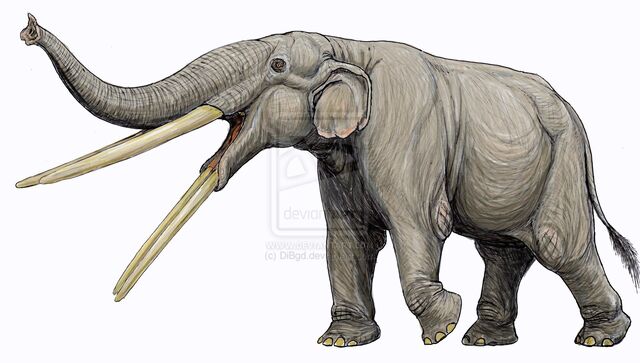 |
| Snowstorm approaches Sunshine Mountain |
Did you know that we live in the Ice Ages? No, I'm not talking about the snowmageddon commute from this winter's polar vortex. Technically, I mean we live within an interglacial period, some ten thousand years after the last big Ice Sheets melted away. Don't worry though, despite the lower 48 having a cool winter, it's still warm on a global scale. In fact, it is likely due to the warming arctic that our winters will have harsher cold fronts. Most models predict our carbon dioxide and methane contributions have us on course to assuredly end the cycle, with our climate resembling the balmy Eocene by the end of the century. This means we are witnessing the official end of the last Great Ice Age.
So this winter is a fitting time to read up on times gone by. I'm halfway through The Ghosts of
Evolution, and it's a fun look at why certain plants and animals do things that don't make sense. My favorite example so far has been my beloved Pronghorn Antelopes. Pronghorns are, by far, the fastest land animal in the Americas and it's easy to wonder why they think they are being chased. Deer and elk certainly don't bother, so what is haunting our antelopes? The answer is they once were chased by a beast that could match their speed, the American Cheetah, which was about the size of a Puma but with the speed of our surviving African Cheetah.
Another example most of us in the Eastern half of USA are familiar with, Maclura pomifera
 |
| Maclura pomifera |
Stegotetrabelodon
|
As I feel the lonely, cold wind blow standing beneath a haunted Hedge Apple tree, I strain to listen to the Call of Distant Mammoths. I wonder what my walk in the woods would be like if peeking at me over the tree would be a gigantic Megatherium munching on the fruits. (I also wonder if I'll go to graduate school and study this lost Serengeti, and end up wearing hipster glasses like the narrator of the following video.)
Here's a great PBS video to sum up the book in a nutshell (get it, nutshell?):



No comments:
Post a Comment